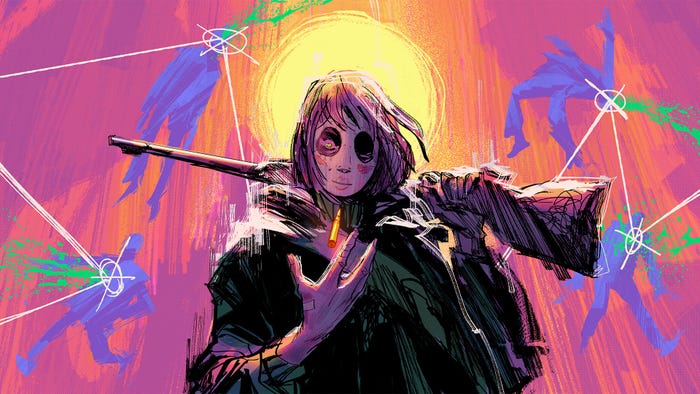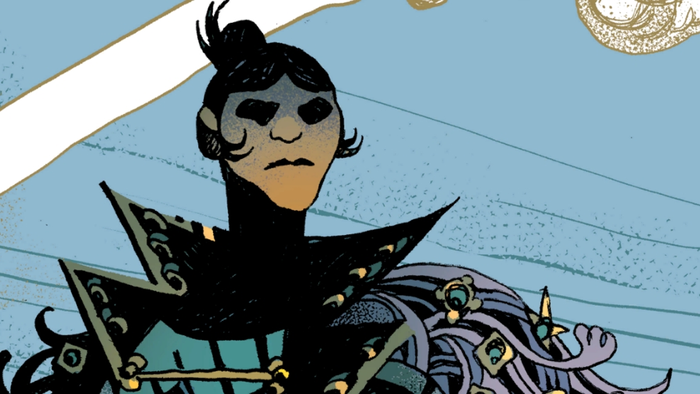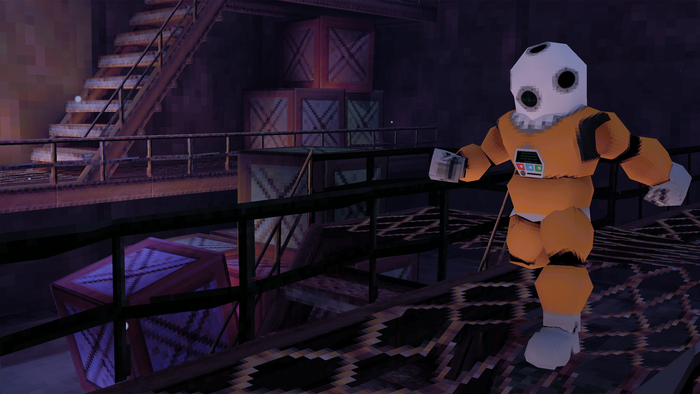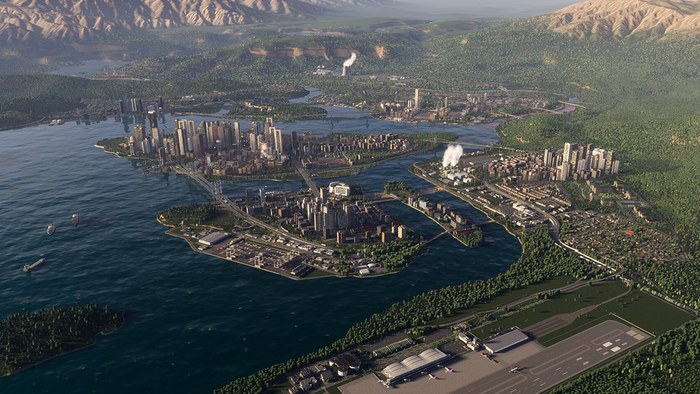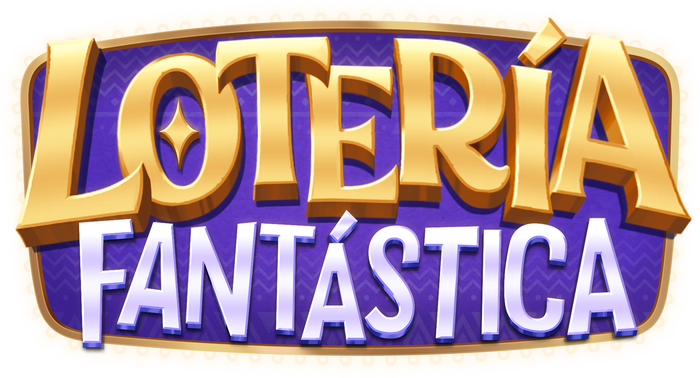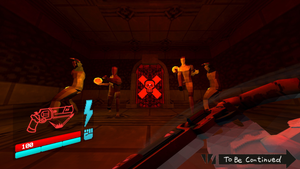
Featured Blog | This community-written post highlights the best of what the game industry has to offer. Read more like it on the Game Developer Blogs.
Dust settled down a little bit, we have survived a crunch time and killer release...what did we learn?

Mario Mihokovic is CEO at Starpoint Gemini developer Little Green Men Games.
A long time ago…
No, this isn't another story about Star Wars or the upcoming movie and new weird-looking lightsabers. This is a story about three brothers who believed that even long-shot dreams could come true. This is a story about Starpoint Gemini 1 & 2. A story not yet told, at least not from my point of view.
We loved Freelancer, X-Wing vs. Tie Fighter, Star Trek: Starfleet Academy and many other space simulation games. At the start of our work, in the corner of a small apartment's kitchen, a topic of many discussions was, "Are we insane?" We've seen how such space games are made, the beautiful offices and equipment dev teams have...and just a glimpse of our "office" and three homemade PC's were enough to start us questioning our own sanity. But then again, we were young, eager and so determined to give it a go. If it was meant to fail, we'd fail with style, at least.

With almost no budget and limited manpower we would need a small miracle. The first game had its issues -- it was not perfect, but it had something. Starpoint Gemini was a game you will either love or hate. Many loved it, simply because of its imperfections and mostly because they knew how many people and how much sacrifice stood behind it. Professional voiceovers? Forget about it. We were programming in the kitchen during night, working during the day to earn money to invest in development. Voiceovers were done mostly by us, on lousy equipment and crappy conditions, but it had its charm. Despite that, recording these first voiceovers proved once and for all that our acting careers will be short-lived.
And then, it was time for a release. Tired but relieved, we watched as the game go live on Gamersgate. But hey, why all the negative reviews?! It doesn't work? People can't run the game? Well, the publisher decided to implement DRM protection at the last minute without even trying to test the game if it works. After two days, that epic fail happened. The game was drowned in bad reviews and complaints, not because of its imperfections, but because of procedural mistakes. There was nothing that could bring it back to where it should have been from start. Sales slowly started again and some money arrived, but it was far below expectations. Emotions were mixed at that point – on one hand we actually made a game that reached world markets, on the other hand – it was close to fulfilling our desires, but the chance slipped away.
What Went Right?
1. In a galaxy far, far away…
"Deal with it and move on" would be the first thought that comes to your mind. And we did. Little Green Men decided they wanted to make a sequel, and invest everything they earned from the original into Starpoint Gemini 2. Within a year, the project was recognized by Ministry of Entrepreneurship and we received a financial boost for the project. We hired more people, one of them today known as "Oliver the Sleepless," CTO of LGM and the lead programmer who never sleeps. We continued to work hard on a new game. We introduced new self-made engine, Whale 2, and decided that, if we get lucky, we will push the game in Early Access on Steam. With the help of Iceberg Interactive, publisher of SPG2, Steam accepted us and a beautiful journey began. A journey that is still underway and we hope it will last for a long, long time.
2. SPG2 community, a.k.a. Meepsters
The process of creating second game was even more complicated than the first attempt. We felt a lot of game elements needed to be added, and we knew we could do a lot better job than with first game. We also felt a huge debt to space players around the world.
The first year was the worst. We invested everything we had, and made huge ground-breaking changes in the engine, visuals and gameplay... and had absoloutely no idea if we were on the right track at all. Then Early Access came to existence and we launched on that, thanks to Iceberg Interactive. Launch on Early Access gave us some financial relief, and more importantly – massive amounts of feedback that gave us good orientation on where we are with the project. From there it was just important to interact with a growing community and steer the direction of development accordingly. Since our team is a small team, we didn't have enough money for big marketing campaigns and the game's success depended mostly on the Starpoint Gemini 2 community. Boy, were we amazed when we saw the first reactions -- so many people enjoyed it, talked about it, forums were active, and we were active, and positive reviews started coming in. That only pushed the team to work harder and faster, and our community also became something much more than simply a bunch of players. Time spent with community was a relaxing, enthusiastic experience that spawned dozens of spectacular ideas. With time, the legendary Meep thread came to existence as well, and Gemini got its first almost "religion." But seriously, that thread was proof that imagination of space players really has no boundaries...

3. Modding
SPG2 is moddable, and that is fantastic. We already have so many mods on Steam Workshop that I cannot even count them all. Many popular ships from Star Trek, Star Wars, Mass Effect, and other universes are already available, and we're looking forward to see what will modder's community come up with in the future. Modding is a big part of this game and we hope it will grow even more.
4. Release day
Just like Starpoint Gemini's twin suns Castor and Pollux, Early Access and actual release are two different things. Similar when you look on the outside, but on closer look, very, very different. And therein lies a danger. Selling the game to people in Early Access means selling the game to people that gave you their vote of confidence, read about you, know what it's all about and are usually extremely patient. Selling the game to broader audience on release date means there will be people who will hate it, who will love it, who will buy it without even knowing what are they buying just because it's on 20 or 50 percent discount. But most of all, people will judge the game more harshly, and that is understandable and expected.
Luckily, the game was a success, most people loved it, there were tons of question and we stayed up late every day, helping to cover the forums properly, because our players deserved it. That was no small task, because Steam is a global market and people all over the world are playing the game. When we get to sleep, America wakes up and you cannot leave people without an answer for six or eight hours. We tried to cover as many hours per day as we could and it paid off. I'm pleased to say that the community reacts on that sort of thing. They see and feel when they are being treated with respect, and listened to, and they react accordingly. New positive reviews began to fly in, and some big magazines gave us high scores of 80, even 90, and for the first time, we really started to believe that our story as a development team is only just beginning. Not to mention that some people called it "spiritual successor to Freelancer." Just the mention of that placed us in a state of awe.
What Went Wrong
1. Starpoint Gemini 1
Yes, unfortunately, mediocre and bad reviews that accompanied original Starpoint Gemini were a turn off for some players, because it lowered the reputation of the sequel before we even managed to show the new game. During last few months, the situation got better and people are often asking how is original compared to SPG2, which they love and play.
2. Performance problems
This was a top secret, untold by now, and of course we will have to kill you after we tell you, but you asked. One of the missions in Starpoint Gemini 2 was not optimized as expected, and the frame rate drop was so low on that mission, due to an epic-scale battle, that it was barely playable. LGM thought they would get away with it, since it's one of the last campaign missions, but people were asking about it less then 48 hours after release. Of course, it was patched pretty fast, but it was a bit embarrassing.
3. Metacritic
There are many conspiracy theories around Metacritic and the way it calculates scores. We will not get into that, but Metacritic is bad for us. We have only one negative review there, recently uploaded, but it took us down to 69/100 which is really bad for anyone that just looks at the numbers. Some major respectable magazines gave us 80, even 90, but one low score can sink you in no time.
4. Controller support
Yes, we promised partial controller support and delivered just that. But that's not enough. People are asking every day about controller support and we admit it's a bit messy and not done very well. We are constantly improving on that but we should've been able to give gamers better controller support, or not offer it in a first place. Now, we have to make amends and we will, but it is still something we could have avoided...
What went wrong and right at the same time
Developing a game in Early Access means you are developing a live product that has a life of its own, regardless of your own plans and internal schedule. We also encountered such things and some were really interesting...
First of all – bugs. You always want to eliminate them to a highest possible degree. In our case, we had numerous demands from players to re-introduce a specific type of bug. One such example is the existence of so called "ghost planets." They were just the manifestation of a memory leak in early Alpha versions, but lot of players saw them as nice, unexpected additions to the normal universe. Once they were eliminated, we started to get requests to return them to game, even give them some meaning and a supporting story. The question was how to return something that was never meant to be there that the game created it by itself. Issues like that are definitely something you do not expect during development. Re-engineering fixed bugs? Preposterous but intriguing at the same time.
Then there were heroes – special persistent NPCs in game. Many of them are modelled after real players' characters, and players enjoyed hunting themselves in the game. Some of them even went a step further and asked us to create a bounty hero based on their wives or husbands. In a way our development was a catalyst to vent some marriage issues...
Some advice for all those embarking in game development...
We really did learn a lot during all stages of SPG2 development, and we'd like to share several pieces of advice. These were all acquired through experience, and today we feel all of them could have been done better...
Singleplayer campaign – we ordered and recorded voiceovers at the start of campaign development. That was a mistake, especially if you go through Early Access. The schedule will constantly change during your development timeline, as well as players ideas and expectations. If voiceovers are recorded in advance, that seriously limits your room for subsequent change and adaptation. The result will be reduced quality of singleplay experience.
If you don't have enough manpower, do not create simultaneous multiple localizations. That will delay your schedule and push your deadlines to breaking point. It's better to leave that for after release, and take time to make the package properly and with high quality.
With a huge pool of great community ideas, it is good to adopt and add these ideas. They will add value to your product and also give players a real sense that they actually do take important part in development process. However, don't repeat our mistake to add unplanned features up until the very last day. It will always cause problems, and some will not be apparent or easily fixed.
We had very few team members and wanted to do so much. Now, it doesn't mean you can't make it, but if five developers try to work a twenty-man job, overtime will be so high that you will start living in the office. That is enthusiasm to be commended, but after months or years of such pace, you will get beaten-up team members with "empty batteries" and wrecked private lives. Their willpower won't be in question but their productivity will be close to nothing. Just before release, our team members barely slept at all, ate nothing and kept pushing. The result was an increase in number of mistakes, general nervousness and such exhaustion that some colleagues couldn't pull themselves together for weeks. It just isn't worth it if you plan long term future for your team.
Try to pinpoint what your targeted group of future customers will be. I will say immediately that we missed here by a mile. We expected to have male players of 20-35 years of age as our main pool. In fact it was veteran players with 45+ years that loved SPG2 the most. We adapted to this unexpected news, and eventually found it to be a very tolerant and helpful audience. But nontheless, it is important to realize what your fanbase is – the sooner the better. Everything depends on it – your long term game concept, the way you communicate with them and the way you design content and features. If you miss here, you could make a perfect product for the wrong audience, market it on the wrong way and ultimately fail with promising game.

Questions that you always start and end with...
Ok, so now we have some experience in developing few titles. You'd say it gets easier now, and development becomes like a well-oiled machine. Well, yes, no, and maybe at the same time.
The main thing is this: Once you finally wrap the game and push it out there, a few things can happen. You can have stellar success, in which case you don't need to read this part of text anymore because your cold marguerita is just arriving at your Caribbean apartment. The second option is that your game fails for whatever reason, and it is game over. The third option is that you succeed enough to keep the team together, but you will continue to struggle with budget and continue to advance in small steps. First two options are relatively rare, while the third one is the most common one.
And that isn't neccessarily bad – you will get the chance to continue doing what you love, improve yourself and prove you can do better. Plus, it only postpones your chance for that marguerita. Not bad at all right?
What you need to do then is to stick to a proven development plan and just continue pressing forward. In our experience, there are several details crucial to entire roadmap, despite if you're doing your first game, or you're veteran with a dozen titles behind you.
Create a good, detailed GDD (game design document). Spend as much time as needed on this step. If you make a very detailed list of all things team members have to create during entire process, it will dramatically cut down your planning and execution time. Just imagine, at the start of the project all of you will have no problems agreeing about anything. After a year in development, things get very complicated and without a common guideline document, the entire workflow can fall apart in any number of unexpected ways.
Organize your team. There's a big difference whether a game will be created by team of two, five , ten or fifty people. Also, this is the time to plan whether you will be adding more developers to the project during the development time.
Make a most important technical decision – will you use some existing game engine or create your own? This comes down to clash between speed and control. An engine will speed up your development, but you will have less control and will have to work within limitations of that engine. Your own engine will, on the other hand, dramatically slow your development down, but will enable your designers full control over create whatever they imagine
Our game aimed at the very narrow genre niche. That can be a good and bad thing at the same time. It's good in that you will compete with fewer titles upon release, and bad in that you will have more trouble reaching your audience and explaining to customers what exactly you strive to achieve. Both ways can work well, but this is something you need to be aware of in advance
When it comes to optimization, be very careful. We made another mistake here. Do not leave optimization for last step in technical development. After a game is already packed with an insane amount of content, it will be very hard to impose dramatic optimization. And if your frame rate is too low, final-stage of development is a very bad moment to fix that. It isn't impossible, but will be much harder than if you plan for it and monitor demands throughout the entire process. You will save a lot of time on unneccessary backtracking, and reprogramming of already-sealed game elements

We still have a dream
To be completely honest, our past six years of making games are the best years of my life. I have never done something so creative and something so liberating. Along the way we came in contact with such awesome people that share the same passion. It really changed our perspective on the gaming world, and gamers themselves.
On a business side of the job, it is far harder than we anticipated. Criteria for today's industry is incredibly high, competition is intense, and the required funds for development are very high. But we are still learning, and if Starpoint Gemini 1 achieved 40% of our original goal, then Starpoint Gemini 2 took it to about 70%, and we're still on it improving it daily.
My dream, our dream, is to fight for a chance to make one title in such a way that no compromise is neccessary. Just one chance to make 100% of the vision we have in our heads. Today, after years of intense cooperation with tens of thousands of players, that vision is pretty much in line with that of many space game players. Our next task is to improve the current game, and make it so good that it becomes our ticket to embark on that next mission. SPG1 was exploring what Earth has to offer. SPG2 took us to visit the planets of solar system. Now it is time to look at the stars once again and travel to, as captain J. T. Kirk once said: "third star to the left..."

Read more about:
Featured BlogsAbout the Author(s)
You May Also Like


